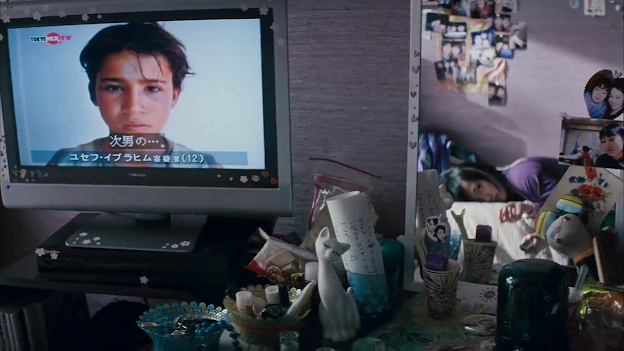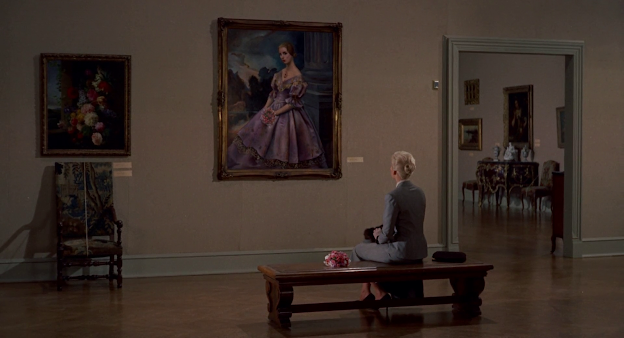Blog 10
Two Faces of Babel
According
to the story, a united human race in the generations following the Great Flood, speaking a single language and migrating eastward, comes to
the land of Shinar (שִׁנְעָר). There they
agree to build a city and a tower tall enough to reach heaven. God, observing
their city and tower, confounds their speech so that they can no longer
understand each other, and scatters them around the world.( https://en.wikipedia.org/wiki/Tower_of_Babel)
Babel (2006) is a movie directed by Alejandro González Iñárritu which has something
to say about the colonialism, globalization and race. Stem and Spence are
defining colonialism as: “By colonialism, we refer to the process by
which the European powers (including the United States) reached a position of
economic, military, political and cultural domination in much of Asia, Africa
and Latin America.” (p.753) They are focusing on how cinema deals or cannot deal
with these issues. I want to look closer to Babel and examine pros and
cons of the movie on reflecting these subjects on the screen.
First, I think that the narrative
constructed around the gun and its voyage to different countries. We understand
that this gun effects people’s lives in a deep way and the source of the gun
comes from a guy from Japan. Guns seems like a hobby in Japan as a rich
capitalist country on the other hand, guns are needed for protecting animals to
the Moroccan people. The same gun has a totally different meaning in Morocco. The
director’s intention looks okay about showing different countries, languages
and dialects on the same subject. I think the success of the movie comes from
this perspective.
Secondly, we are seeing an American
couple’s curious gaze all the time before shooting: “It produces us as
subjects, transforming us into armchair conquistadores, affirming our sense of
power while making the inhabitants of the Third World objects of spectacle for
the First World’s voyeuristic gaze.” (p. 754) When Susan looking at the window and
gazing the women in the Morocco she seems like uncomfortable and thankful for
not being like that. Our attention mostly focuses on this American couple throughout
the movie so we can say that this is an obstacle for movie to be anti-colonialist.
On the other hand, when movie try
to do create an anti-colonialist perspective, it creates something as
problematic as the colonial perspective: The racism against white colonialized people.
All people in the tourist bus are portrayed as evil, unsympathetic creatures.
They are not taking foods from native people of Morocco; they always think that
Moroccan people are going to do something hostile to them. Like the Stam and
Spencer mentions the dosage of the codes in the movie can turned the
perspective to another side and ruin the whole message of the movie. In this
specific scene, even the only white character we can feel sympathy-Richard-
offers money to the local guide who tries to connect with him and help her
wife. https://youtu.be/X6kLRU8hNKs?t=119
Richard also oppresses the Mexican nanny to not to go her son’s wedding and take
care of his children. With all these details we see how the movie fails about approaching
equally to the races.
Although the movie has some missing points, I believe that its message and aim is far from the old Hollywood representations of races. Stam and Spence mentions the awfulness of the situation at past: “Indeed, many of the misconceptions concerning Third World people derive from the long parade of lazy Mexicans, shifty Arabs, savage Africans and exotic Asiatics that have disgraced our movie screens.” (p.755) I do not believe that Babel is a movie that stereotypes people in that way. On contrary the movie tries to show closely four different culture and languages around the world and questions their common ground as humans.
Bibliyography
Stam and Spence. Colonialism, Racism and Representation. Leo Braudy & Marshall Cohen eds. Film Theory and Criticism 7th edition, New York: Oxford University Press, 2009. (p.751-766)





Yorumlar
Yorum Gönder